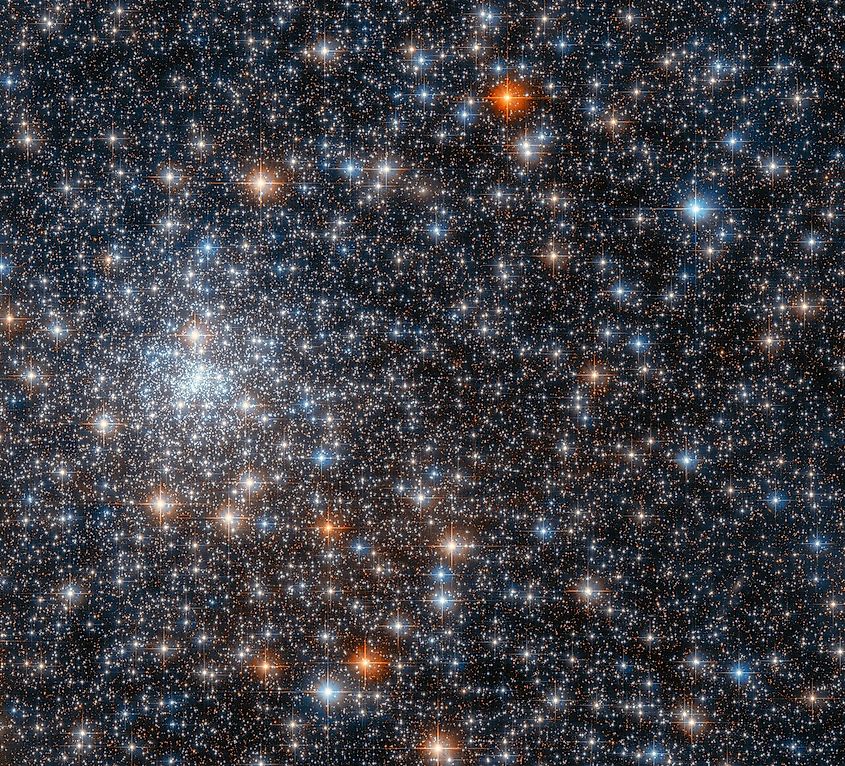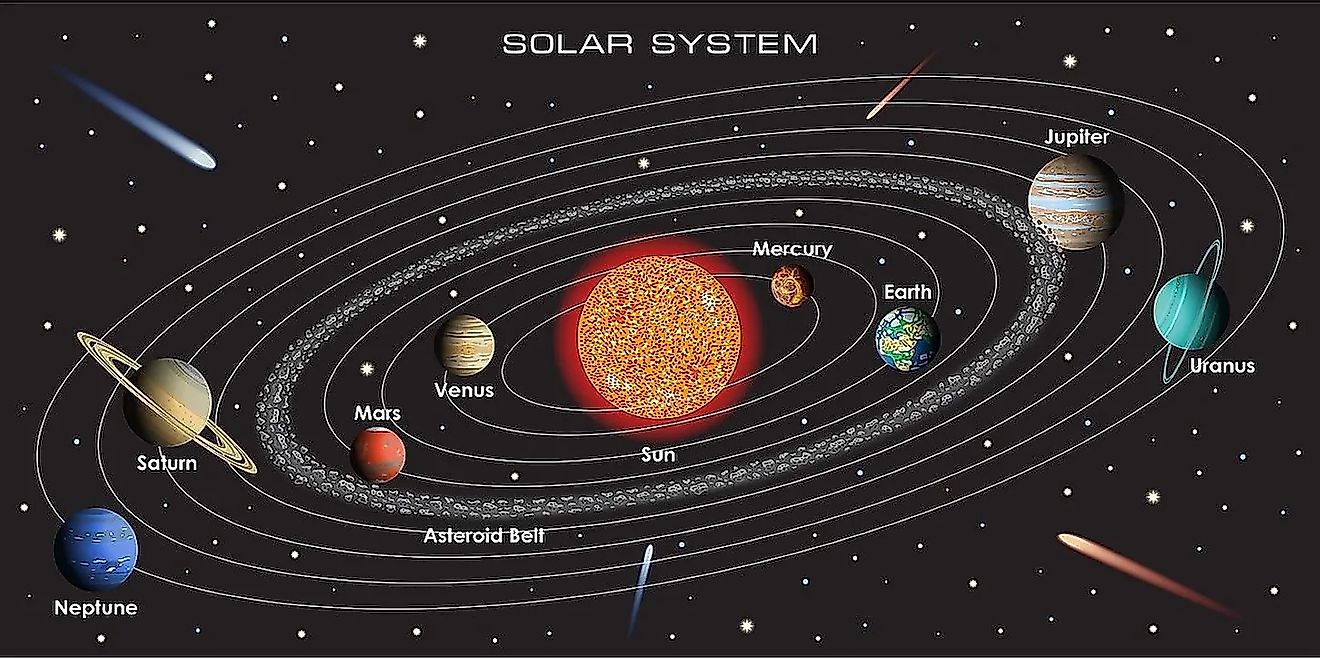
What Does E=MC2 Mean?
If you ask anyone to write down a physics equation, most will likely jot down E=MC^2. It is perhaps the most famous equation in the world, and it is also one of the most important. The equation itself was formulated by Albert Einstein in 1905, and it quickly revolutionized our understanding of the universe and how it works. On the left side of the equation, E stands for energy, while on the right side, M stands for mass and C is the speed of light. Thus, the equation itself means that energy is equal to mass multiplied by the speed of light squared. In more simple terms, Einstein’s famous equation means that energy and mass are virtually the same thing. Mass is simply concentrated energy.
Energy and Mass

While it is often stated that Einstein’s formula means that energy can be converted to mass and vice versa, this is not entirely true. Rather, the formula means that any change to an object's mass also implies a change in its energy. By changing the mass of something, you also change the amount of energy it contains. Even the smallest amounts of matter contain vast amounts of energy, and it’s easy to see why when we look at the formula. While an object’s mass might be small, it is being multiplied by the speed of light squared. The speed of light is 186,000-miles per second (300,000-meters per second), and when that number is squared, we get 8.9x10^16, or 8.9 followed by 16 zeros. Even if an object has an extremely low mass, the amount of energy it contains will be immense.
Applications

One of the earliest applications of Einstein’s formula was that it could explain how the sun and other stars produce energy. In the core of every star, hydrogen nuclei are fused together to eventually form helium, and in the process, a tremendous amount of energy is released. Every second, the sun fuses 600-million tons of hydrogen into 596-million tons of helium. That missing 4-million tons is the energy released during nuclear fusion. While Einstein’s equation has helped in our understanding of the universe, not every application is perhaps considered positive. The understanding that mass is energy and vice versa led directly to the development of nuclear weapons. A nuclear bomb applies Einstein’s equation by releasing the amount of energy contained within a small amount of nuclear mass. For example, the atomic weapons used in World War II contained less than a single gram of nuclear material, yet they released enough energy to nearly level an entire city. However, not every nuclear application has destructive applications. Nuclear batteries are often used in powering spacecraft, which has allowed humanity to explore almost the entirety of our solar system. Future spacecraft will continue utilizing E=MC^2 to explore further into space.







